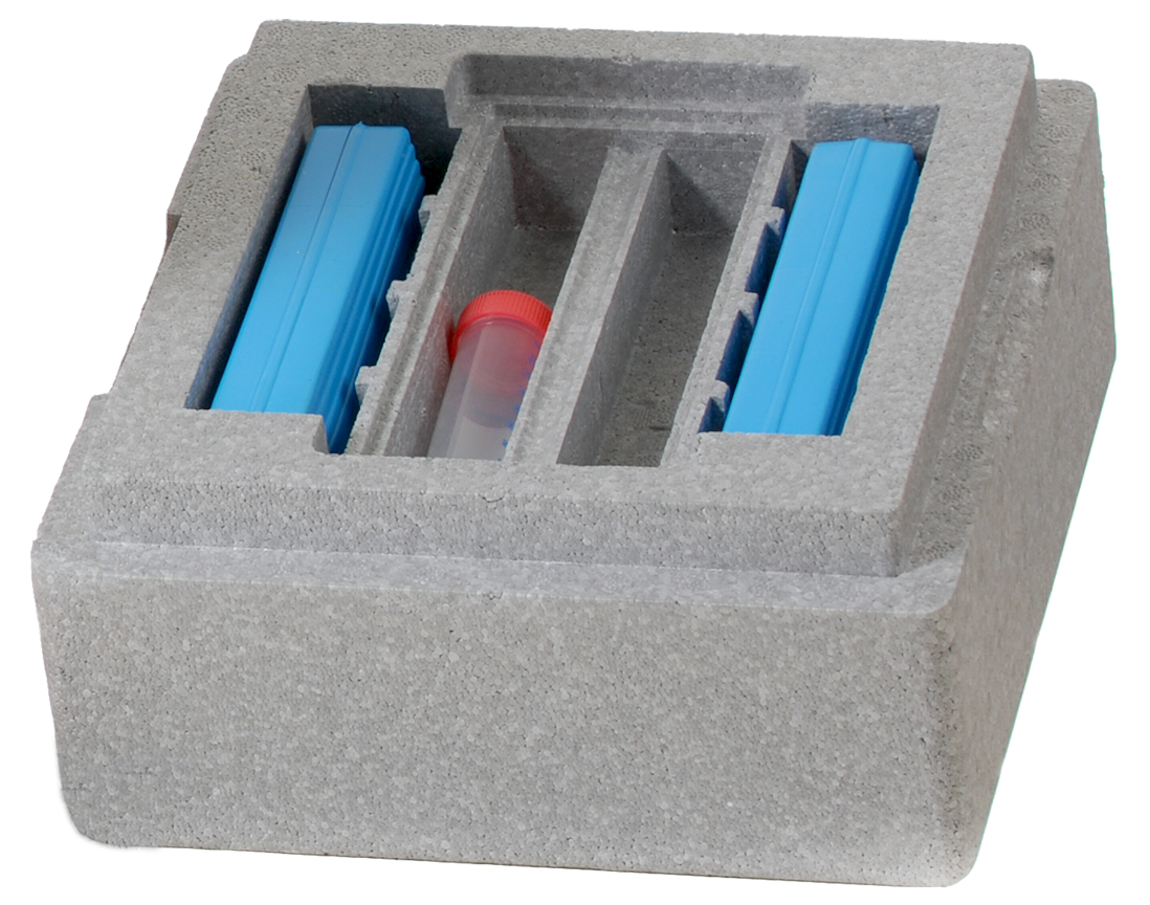5 effective thermal packaging tips to ensure product integrity
When it comes to shipping products that are sensitive to temperature fluctuations, proper thermal packaging is crucial to maintain product integrity and quality. Whether you're transporting perishable goods, pharmaceuticals, or electronics, inadequate temperature control during transit can result in product degradation, spoilage, or even complete loss.
In this article, we explore five effective thermal packaging tips that play a vital role in ensuring product integrity throughout the entire shipping process.
1. Understand your product’s temperature requirements
To begin with, gaining a thorough understanding of your product and its specific temperature requirements is crucial. Different products have varying temperature sensitivities, and it's important to identify the optimal temperature range for their storage and transportation.
Start by reviewing any relevant documentation produced by the manufacturer that outlines the recommended temperature conditions. These guidelines often provide valuable insights into the specific temperature range within which the product can maintain its integrity and quality. Alternatively, conducting temperature stability tests can help you determine the ideal temperature requirements for your goods.
By understanding your product's temperature requirements, you lay the foundation for creating an effective thermal packaging strategy that will ensure the preservation of your product's integrity during shipping.

2. Explore your thermal insulating material options
After gaining a clear understanding of your product's temperature requirements, it’s time to explore the various thermal insulating material options available to you.
Your choice of insulation material plays a key role in maintaining the desired internal temperature, so be sure to explore your options thoroughly and consult with a packaging expert for advice before proceeding.
When it comes to choosing thermal packaging materials, there are several commonly used solutions to consider, each with their own unique properties and advantages. These include, expanded polystyrene (EPS), polyurethane foam, vacuum-insulated panels (VIPs), cardboard, reflective foils and more.
Note: Be sure to consider factors such as the temperature range, duration of transit, weight, cost, and environmental impact. It’s essential to not only choose an insulation material that aligns with your product’s needs but will effectively support your sustainability goals as a business.

3. Use thermal barriers
Thermal barriers are essential for minimising heat transfer between different temperature zones within your thermal packaging solution. Insulated box liners, reflective foils, or bubble wraps can help reduce heat conduction and radiation, preventing external temperature fluctuations from affecting the products inside. Let’s explore these examples in more detail:
- Insulated Box Liners: Insulated box liners are specifically designed to provide thermal protection. These liners are usually made from materials such as foam or reflective materials and are placed inside the shipping box to create an additional layer of insulation. Insulated box liners are effective in reducing heat conduction by creating an air gap between the product and the external environment. This air gap acts as a barrier, helping to maintain a stable temperature within the package.
- Reflective Foils: Reflective foils, often made of materials like aluminium or metallized films, act as excellent thermal barriers. They work by reflecting radiant heat away from the packaged products, preventing it from entering or escaping. Reflective foils can be placed within the packaging or as an outer layer, creating a shield against external temperature fluctuations. By minimising radiant heat transfer, reflective foils contribute to maintaining a consistent temperature and protect the product's integrity during shipment.
- Bubble Wraps: Bubble wraps are commonly used in packaging to provide cushioning and protect fragile items. However, they can also serve as effective thermal barriers. Bubble wraps consist of air-filled bubbles trapped between layers of plastic film. These air pockets act as insulating chambers, reducing heat conduction and maintaining temperature stability. By wrapping your products with bubble wrap, you create an additional layer of thermal insulation that helps preserve the desired temperature within the package.

4. Research thermal indicators
Thermal indicators are useful tools for monitoring and verifying the temperature conditions inside your packaging during transit. These indicators provide a visual indication if the temperature has exceeded the desired range or if the package has been exposed to extreme temperatures. By using thermal indicators, you can have real-time visibility into the temperature conditions your products are experiencing, allowing you to take necessary actions if any fluctuations occur.
There are various types of thermal indicators available, such as irreversible temperature labels or electronic data loggers. Be sure to research appropriate thermal indicator solutions based on your specific needs, ensuring that it aligns with the temperature range and duration of your shipment.

5. Consult with an expert to optimise your thermal packaging design
The design of the packaging itself plays a significant role in maintaining product integrity. Consider the size and weight of the products, as well as the available shipping space. Compact packaging reduces the volume of air within the package, minimising temperature fluctuations.
So, whilst thermal materials are vital for shipping products that must be regulated, the entire packaging design must be optimised for a solution to be considered a success.
To ensure maximum effectiveness of your thermal packaging, it’s highly recommended to consult with a packaging expert who has experience with and understands temperature-controlled shipping. In-depth knowledge and experience in designing packaging solutions that meet specific temperature requirements will minimise the risk of damage and spoilage during shipment.
At Swiftpak, we understand the importance of proper thermal packaging. As industry experts, we are here to support your business in creating effective solutions that ensure product integrity. Combined with a range of thermal packaging solutions, we remain up-to-date with the latest advancement in packaging technologies, offering the very best solutions to our customers.
If you’re in need of a thermal packaging solution, reach out to our helpful team today. We’ll guide you through every step of the way to ensure you’re both happy and confident with your revolutionised package.